
Over 40,000 protesters flooded the United States capital on Feb.17 in an effort to alert President Barack Obama to the potential repercussions that approving the Keystone XL pipeline could have on the future of the country and climate change.
“It felt like something was happening, something of meaning was happening there that day,” said Ariel Walcutt, an earth systems major and one of the almost 30 protesters from the University of Massachusetts. “People were really taking a stand against the fossil fuel industry, especially in regards to the Keystone XL pipeline. I was really amazed by the diversity of groups and interests represented, since there were many universities. All five colleges were represented.”
According to the TransCanada Corporation website, the Keystone XL pipeline would run from Alberta to Nebraska transporting tar sands. It would be an addition to the already existing Keystone pipeline, which transports crude oil from Alberta to Illinois and Oklahoma. (SOURCE: http://www.transcanada.com/keystone.html)
Walcutt said that there were people from all over the United States and Canada, including indigenous peoples who would be affected by the pipeline. She added that some people had traveled for two days just for the opportunity to protest the pipeline.
“I think that it would have been nice to see a lot more students,” Natasha Blayney, a junior natural resource conservation major, said. “I guess there were only six buses from western Mass. and six buses from Boston, and Boston has a huge student population, so that in itself is pretty depressing if there’s the same amount of buses going from western Massachusetts as a metropolitan area.”
“I think in terms of having the same number of people who protested, say, the Vietnam War, I mean, that would be amazing,” she added. “But with the Vietnam War, you had the students being directly affected … and until that happens, unfortunately people just aren’t going to wake up to the fact that this is happening. The environmental movement has a long way to go. But the crowd was good.”
The protest began around 11 a.m. at the Washington Hotel where protesters met and prepared to march to the National Mall where a stage had been set up for speakers who kicked off the rally. Speakers included Bill McKibben, founder of the environmentalist website 350.org, Van Jones, Sen. Sheldon Whitehouse of Rhode Island and indigenous people of the United States and Canada.
After about an hour of speeches, protesters lined up along Constitution Avenue and marched to the White House, which they circled while holding signs and chanting.
“The energy was just so intense,” Jim Sowell, Vice President of the Sustainable UMass Action Coalition (SUMAC), said. “Everyone was there for the same reason. Everyone was there because they realized how important this was.”
The UMass contingent of the protest created a sign that read, “We Must Rise Faster Than the Seas,” a slogan invented by Aaron Karp, a UMass alumnus who has been working closely with SUMAC to create a divestment campaign on campus. Karp said that the slogan was inspired by the minutemen of the American Revolution who had to be ready at a moment’s notice to fight, similar to the way environmentalists rise up to fight oil companies. He added that the slogan was especially fitting for a UMass banner considering the mascot of UMass is Sam the Minuteman.
“Something that really shocked me about the Keystone XL pipeline is that even with land ownership, if people own the land, companies are allowed to drill under,” Walcutt said. “Companies can buy subsurface rights, which I thought was really scary. When you own a piece of land, you think you have power over it, but the undermining of that ownership was really shocking to me.”
Walcutt, Sowell and Karp all agreed that the construction of the Keystone XL pipeline would devastate the climate. It would open the door to continual fossil fuel usage across the country and throughout the world – a problem that they believe has already gotten too large. Walcutt said that currently the carbon dioxide in the atmosphere is about 400 parts per million but the goal is 350 parts per million, meaning that the atmosphere is already too contaminated.
“If the Keystone pipeline goes through, what’s to stop another pipeline?” Blayney said. “I feel like once you pass these things, it just gives more leeway for others to do the same. They think that it’s okay when it’s not.”
While the protesters marched in the wind and cold, President Obama was in Florida playing golf with oil executives, a fact that some protesters took offense to, according to the Huffington Post.
“I just think he’s a little hypocritical when he says that he wants to do all these great things for climate policy, but we have yet to see if he actually does them,” Sowell said. “The State of the Union was great when he was talking about combating climate change, but in the same speech he was talking about coal and drilling for oil at home. Those contradict each other.”
He added, “Obama talks the talk, but he needs to start walking the walk.”
Blayney also said that she feels many people on the left are turning against Obama for his lack of action regarding climate change despite voting for him for a second term. She showed some sympathy for the president, however, admitting that he probably has to please the oil executives in order to get certain types of funding for the country.
“[Obama] going down to Florida, it says a lot, but there is the potential for change,” Blayney added. “I have faith in him. I probably shouldn’t have faith in him, but I do.”
Patrick Hoff can be reached at [email protected].

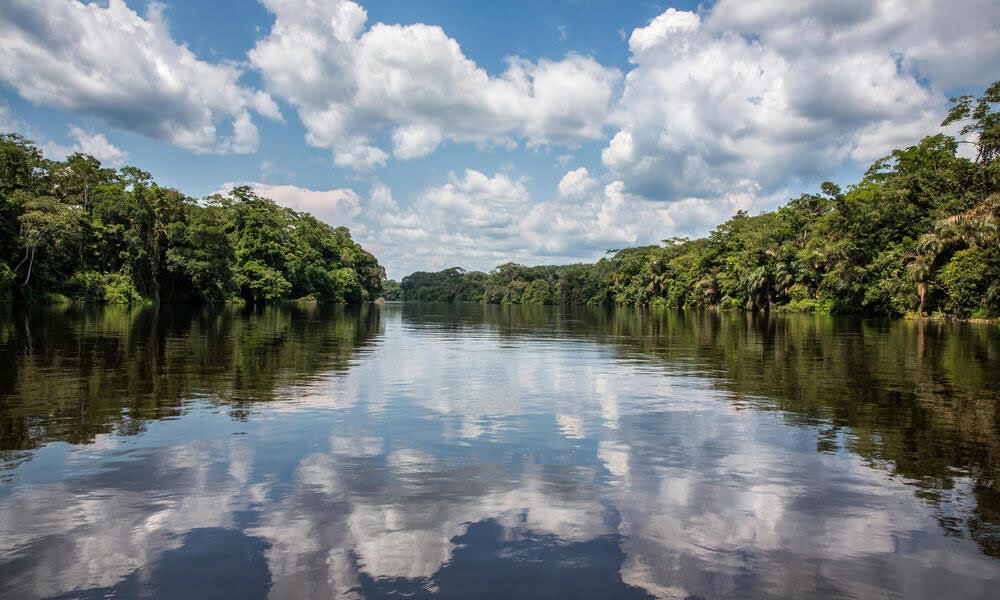


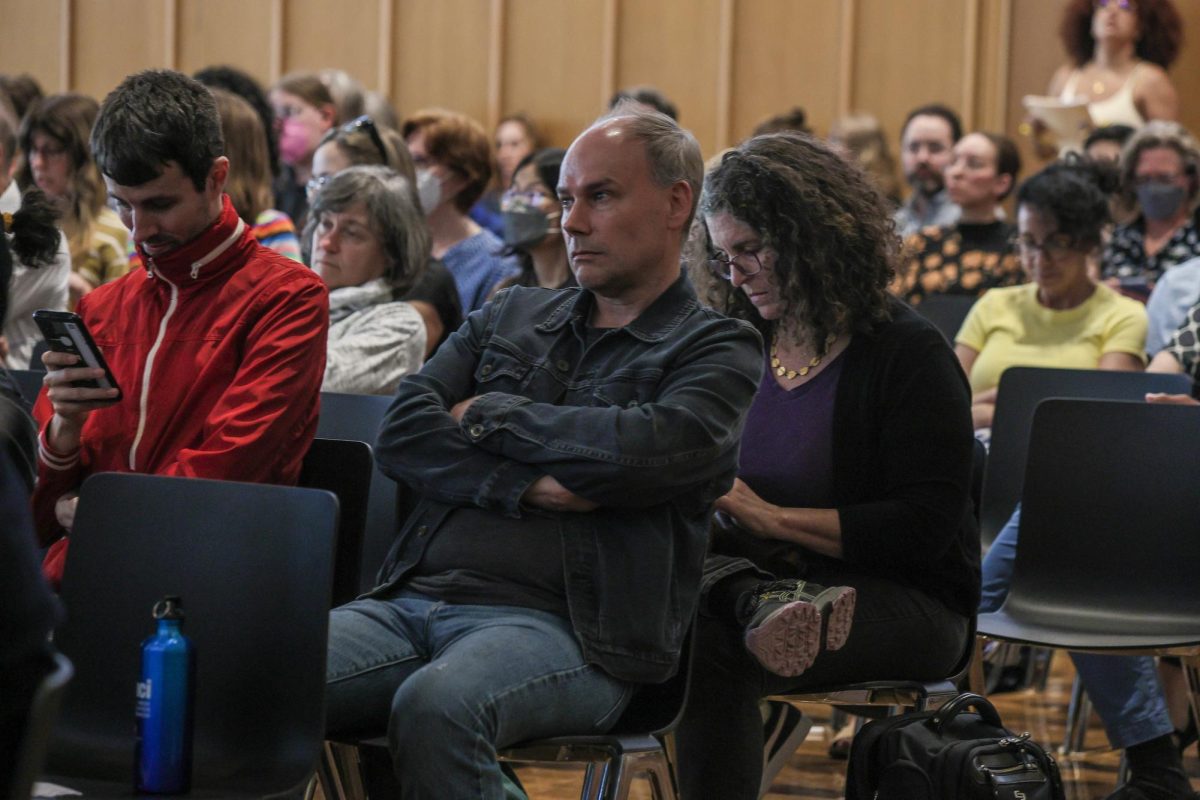
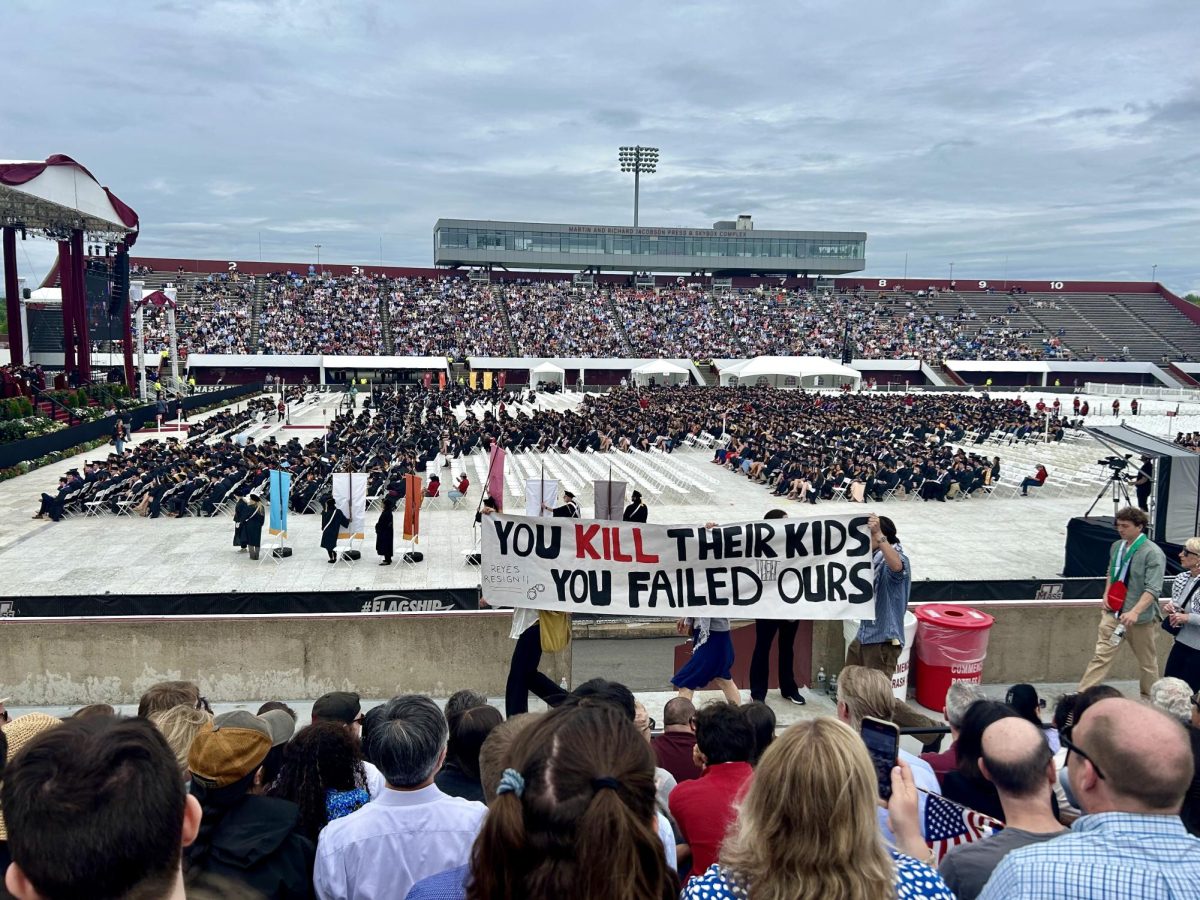
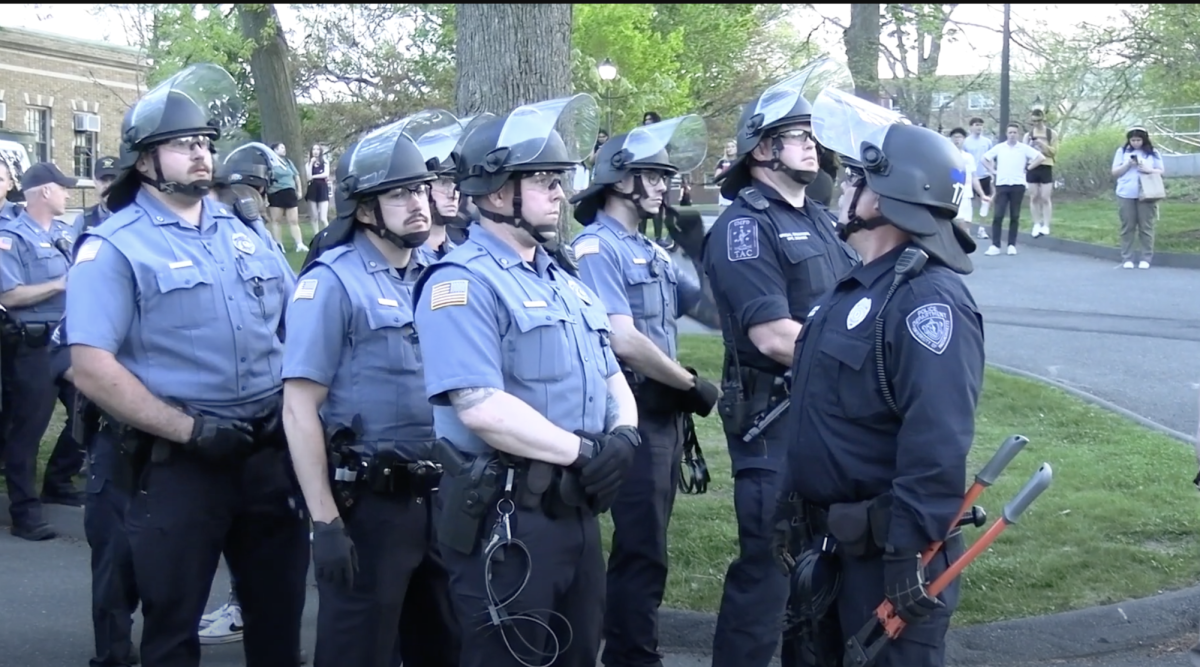
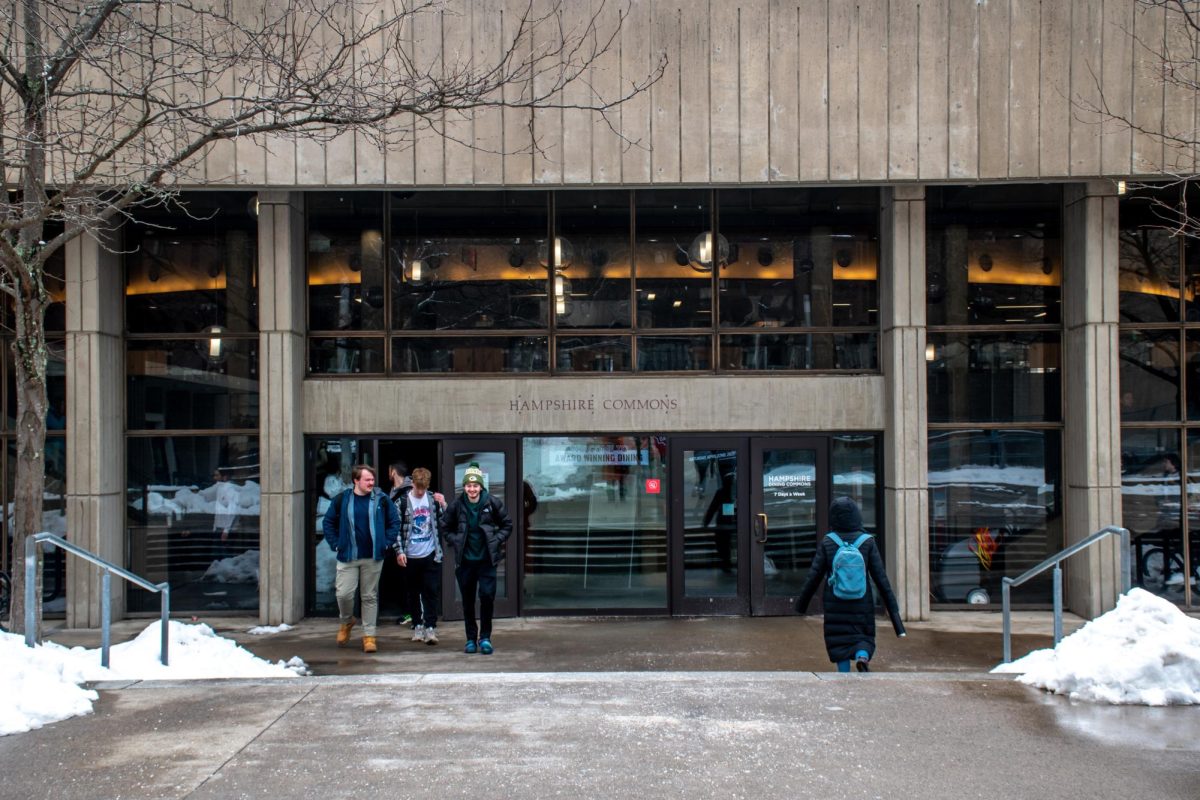
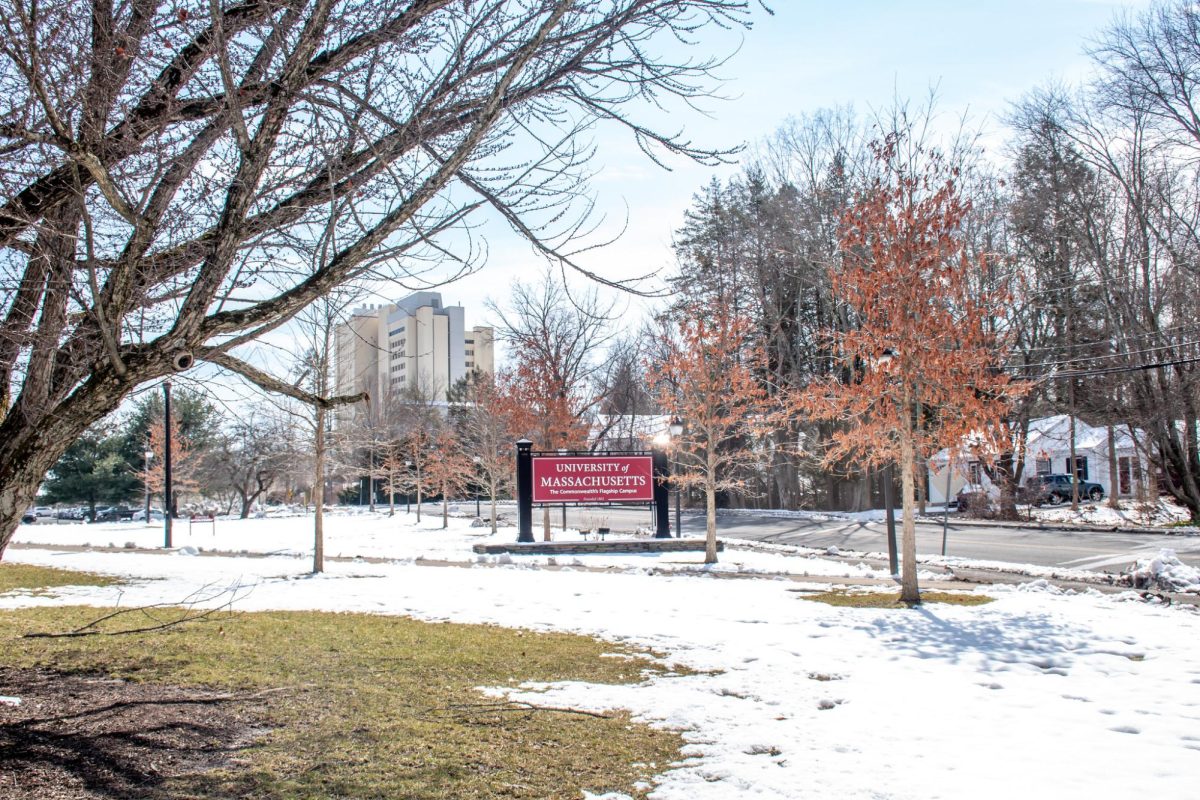


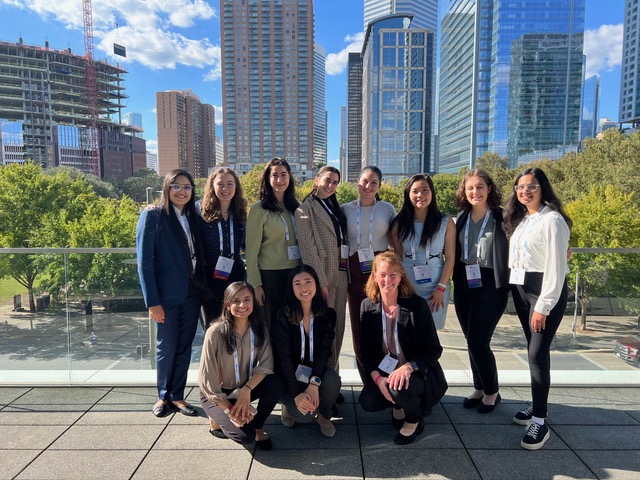
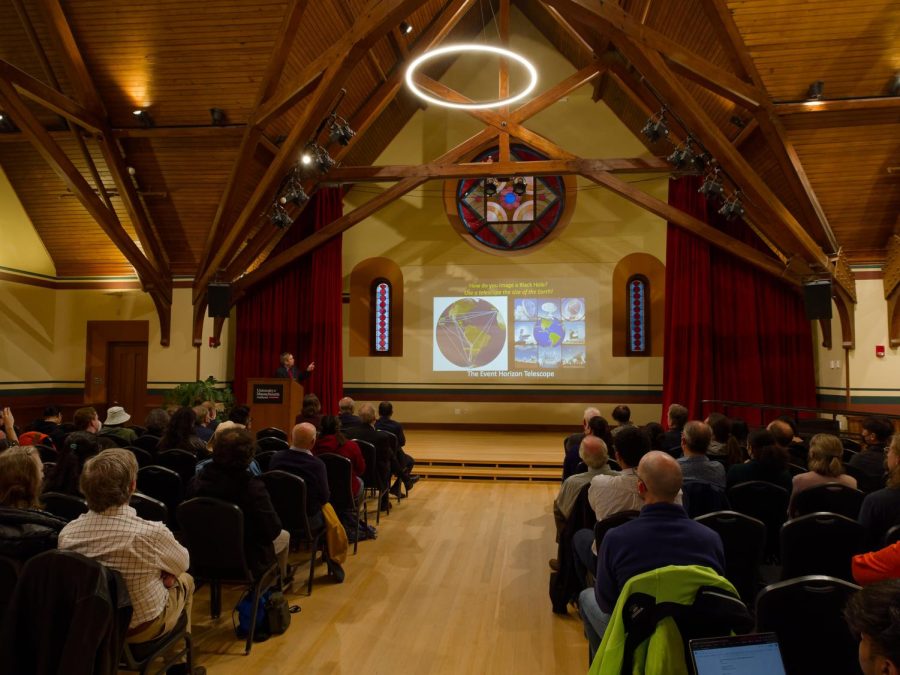
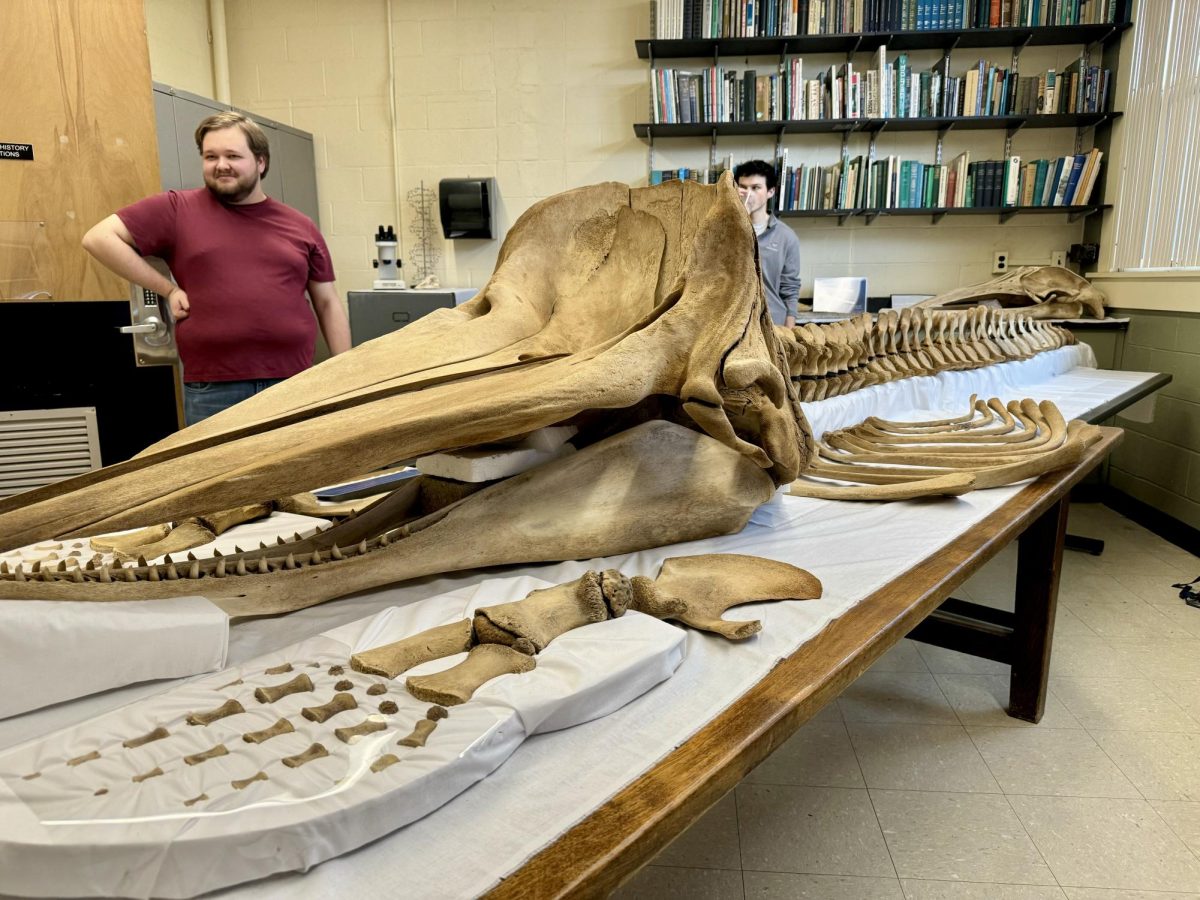
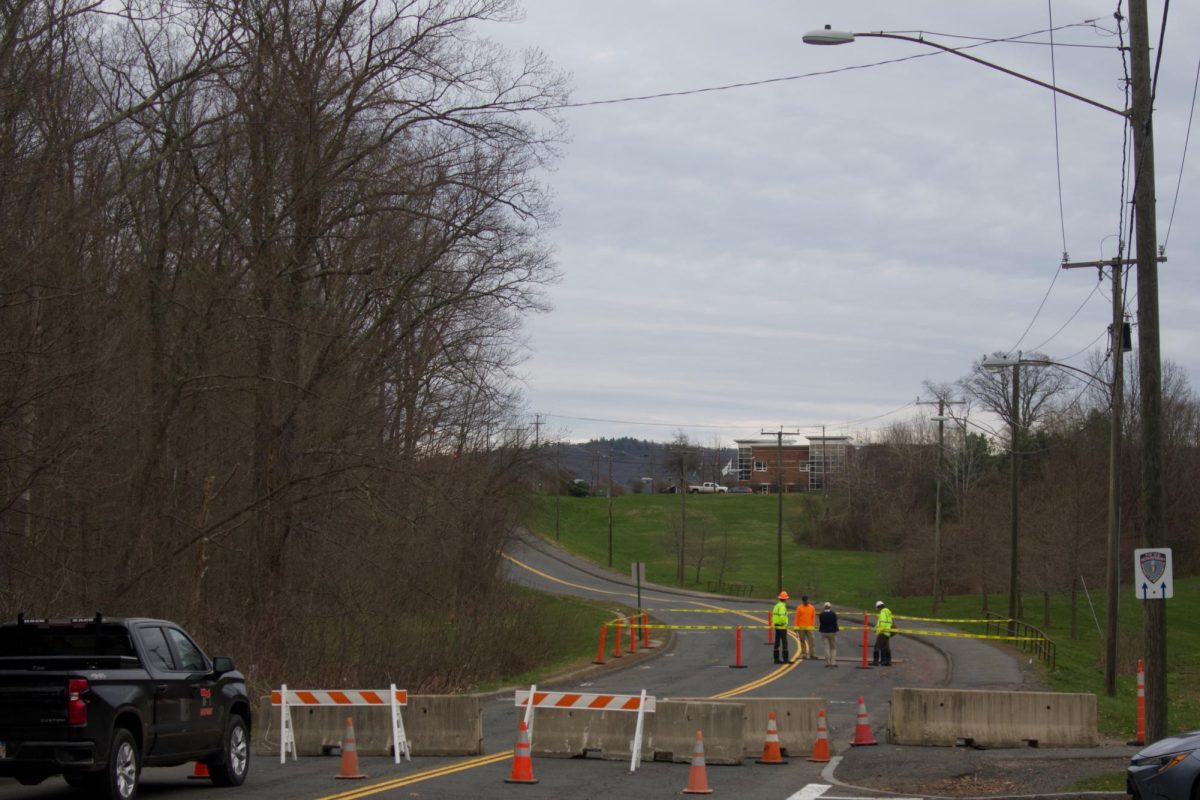
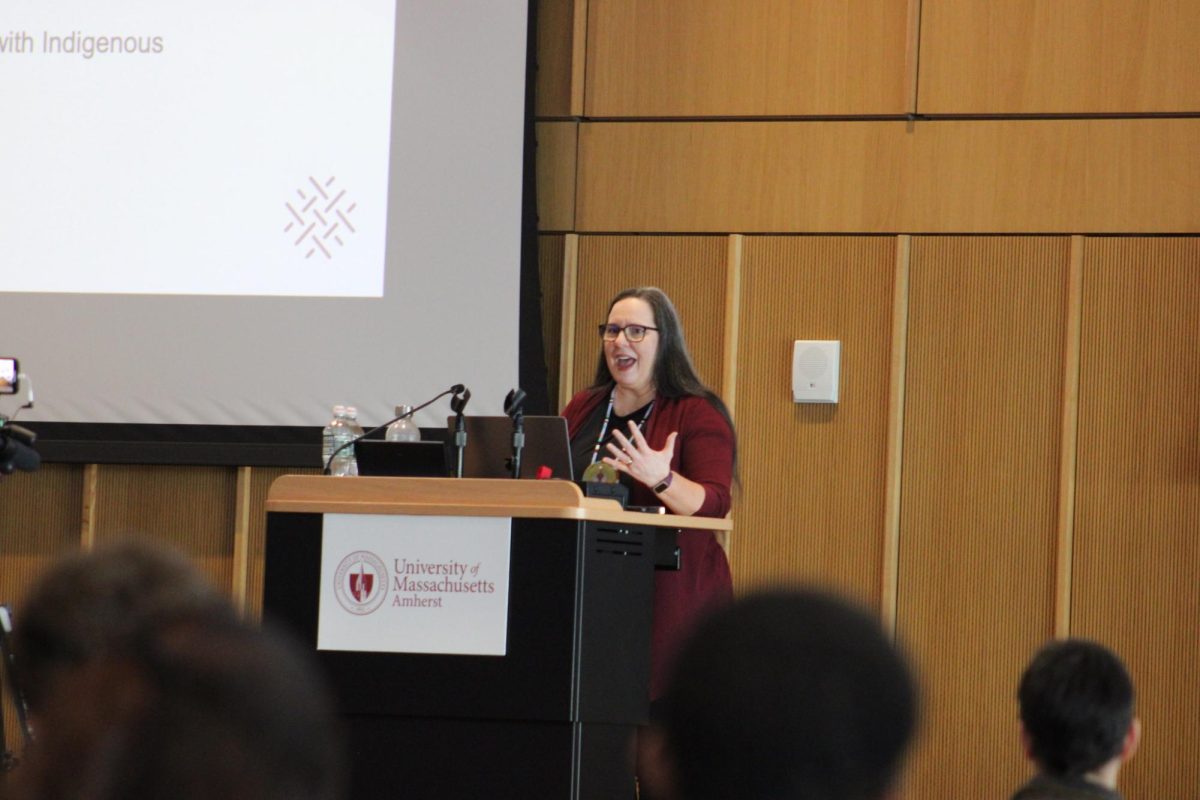
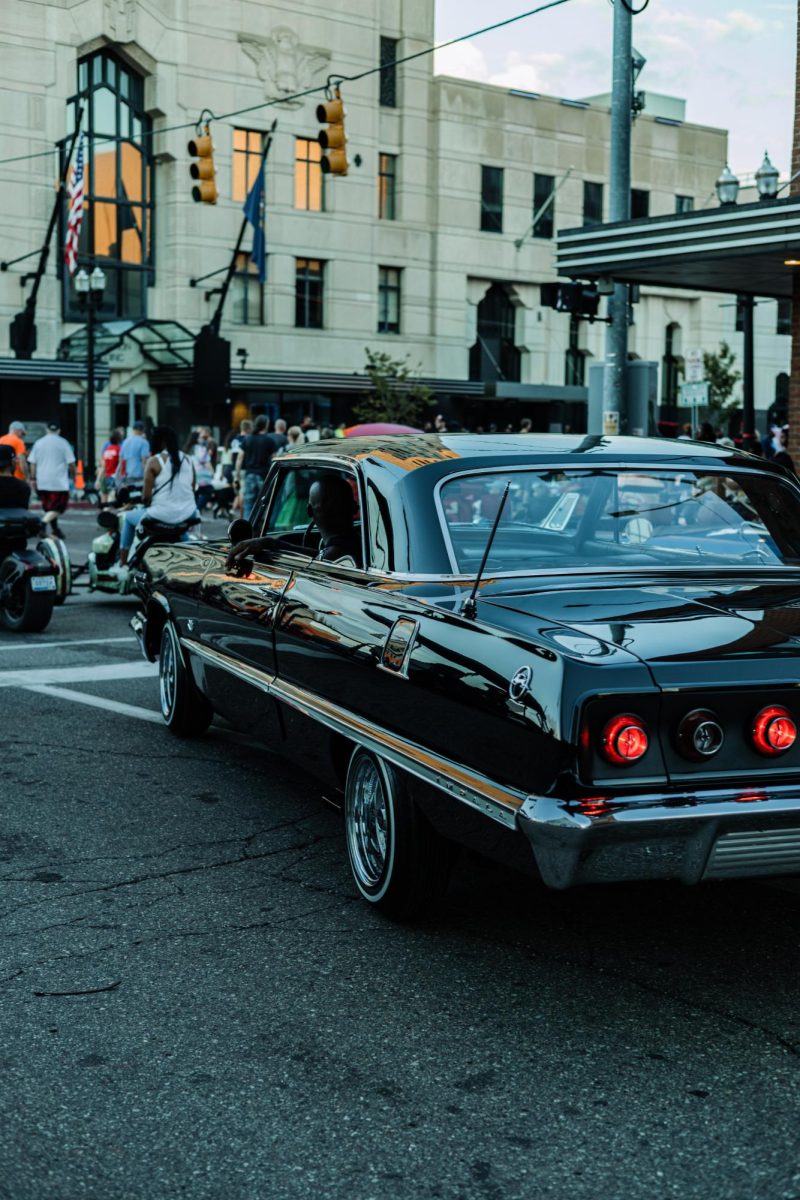
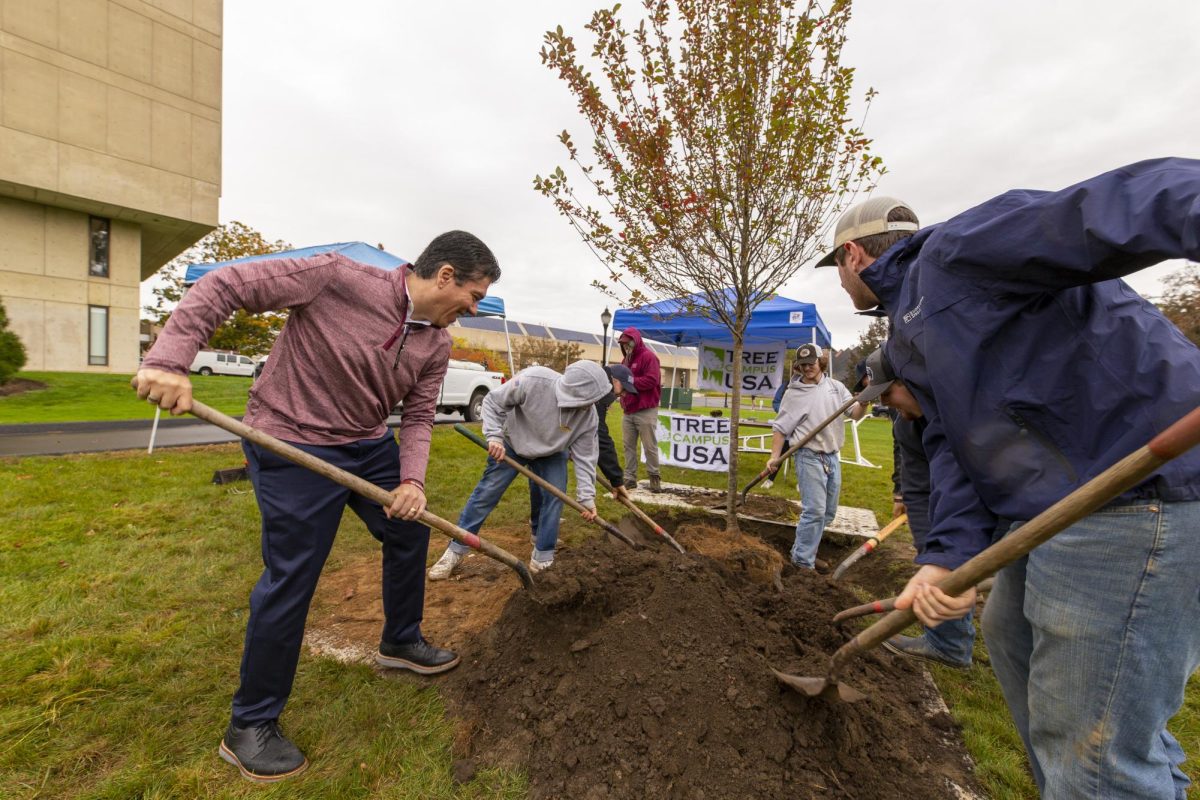

N. • Apr 3, 2013 at 7:04 pm
Who ya callin’ YOUR troll? Anyway I’m just saying that people go to protests like this because they want to feel like they’re “doing something”, like “something is happening”. It’s a very abstract sense of participation and of the event, or you might say the event-ness of the event, that ultimately expresses nothing but passivity and powerlessness. For instance, the author says 40,000 protestors “flooded” the capital, but huge protests happen in DC all the time, without affecting anything other than giving people something to do, and of course, that all-important feeling that “something is happening” when it’s just more of the usual nothing! Clearer now?
Troll Keeper • Mar 3, 2013 at 5:46 pm
My apologies for releasing the trolls…they’ve been looking quite depressed lately as more of public wakes up to the dire threat posed by the climate crisis. Apparently I can’t take my eyes off them for a second!
As a dog-owner cleans up after the animal when it defecates in a public place, so will I attempt to clean up after my trolls.
1) N. has the potential to grow into an effective troll someday, but she’ll have to work on expressing her thoughts clearly for the other trolls to take her seriously. When she says that the quote she cited “just says it all,” the other trolls can’t tell exactly what dig she is trying to make, and can’t successfully join in and support her. This is quite embarrassing. But don’t worry, I have her making 5 disparaging comments to me each day until she learns that she must express her dissatisfaction completely if she hopes to make other Troll-friends on threads like these. I mean, she didn’t even finish writing her whole name!
2) David really is my star. He could give N. a few pointers when it comes to expressing himself. He isn’t afraid to speak his whole mind on threads like these, though even other trolls find his comments long-winded and rather unlettered. He would certainly get an “A” for being shrill but could still come a long way in making an original argument. I’m working with him on it. Trolls rarely pride themselves on citing credible sources, because they often believe they, themselves, are credible enough. I’ll cite his argument for him:
“Science.” Fox News. FOX News Network, 28 Feb. 2103. Web. 03 Mar. 2013. .
David really is my least informed Troll, and that’s what makes him so great. By neglecting to mention the urgency of the climate crisis, his argument is compelling, indeed. But the ones who are fighting to change our course before we burn enough fossil fuel to trigger runaway climate change have reality on their side, and I keep telling him that it is far too easy for them to dismiss his usual comments of hypocrisy by citing really anything about how very capable we are of powering our world with clean energy sources. If they even mention peer-reviewed research from the University of Delaware which demonstrates that our energy grid could be powered with current renewable energy technology 99.9% of the time (http://www.sciencedirect.com/science/article/pii/S0378775312014759) or that those self-indulgent fantasists over at Stanford show that offshore wind energy can power one-third of our country’s energy needs today (http://onlinelibrary.wiley.com/doi/10.1002/we.1524/abstract), people may start to question his logic. He doesn’t listen to me when I tell him that writing “HYPOCRITES” in all caps COMES OFF AS SILLY. When it comes to the brutal logic of climate change (http://grist.org/climate-change/2011-12-05-the-brutal-logic-of-climate-change/), David will have to develop a more sophisticated argument to justify blaming the ones who don’t want to let the world burn, especially when radical institutions like PricewaterhouseCoopers (http://www.pwc.com/gx/en/sustainability/publications/low-carbon-economy-index/index.jhtml) and the International Energy Agency (http://www.worldenergyoutlook.org/publications/weo-2011/) report that we’re going to warm our planet by 11°F by the end of this century. That spells doom for global civilization and nearly all species on Earth. Back in the cage you go, David.
3) US or China tags along with David when he does his research. Much more to the point than his fellow troll, US or China could still be better prepared by actually reading what industry analysts have to say about defeating the Keystone XL pipeline. I cringe with embarrassment to read his question asking whether these students believe Canada will just stop extracting oil from the tar sands. In this case, the answer is yes. Not approving this pipeline would be a death knell for the Canadian tar sands (http://www.theglobeandmail.com/report-on-business/industry-news/energy-and-resources/without-keystone-xl-oil-sands-face-choke-point/article598717/). US or China is really arguing with the experts who know that this pipeline is really the only way to develop Canada’s tar sands (https://s3.amazonaws.com/s3.350.org/images/kxl-own-words-v2.pdf), but he’s using a commonly-repeated objection to stopping the pipeline, so cut him some slack. And please, for those reading his post who know anything at all about the frequency of pipeline spills, please don’t even address his comment about them being in any way safe. Doing so would devastate his self-esteem, and he is in a sensitive place right now.
Luckily I brought along enough baggies to pick up after my trolls! This space should look a little cleaner now.
US or China? • Feb 28, 2013 at 5:01 pm
What do these people think will happen if they defeat the Keystone pipeline? That Canada will just stop extracting oil from the tar sands? After giving us the finger, they’ll go right ahead and sell it to China, or ship it to us by sea for a lot more. Also, keep in mind that one above ground pipeline from Canada is MUCH safer (with regards to spills) than thousands of tankers traveling from the Middle East.
David • Feb 28, 2013 at 5:20 am
It is ironic that the UMass students traveled by a fossil fuel consuming bus to Washington DC. They decry the use of fossil fuels, but use fossil fuels every day to travel by car or bus, heat their apartments or dorm rooms, power their computers, power their HD TVs, light up their gas stoves and hot water heaters, and light their classrooms and homes. Such HYPOCRITES. The fact is that our society and our economy depend on fossil fuels. These radical self-professed environmentalists deny reality, and indulge in a self-indulgent fantasy that we can rely upon wind power, solar power, and pedal power. Alternative energy sources contribute only a minute percentage of our energy needs. We can try to decrease our energy demands through common sense. However, we should not deny our country home-grown energy from North America. The Keystone Pipeline will be a safe and economical source of fuel, and will promote energy independence. The Canadians are not stupid. They are not going to destroy their environment. The energy industry has very advanced technology to reduce risk to the environment. It is not a question of whether we will use fossil fuels. It is a question of what is the source. Would the pampered “greens” at UMass prefer that we get our oil from hostile and undemocratic regimes in Venezuela, Saudi Arabia, or even worse, Iran? The continued refusal of the left to promote domestic energy production increases our dependence on foreign oil. It is bad for our balance of trade as well as for our foreign policy. It increases the risk of overseas conflicts. Even President Obama, a hero of the left, recognizes that domestic fuel production is critical to an economic recovery. Many of his critics correctly point out that he should be moving more quickly to open up public lands for gas and oil production. Every student reading the UMass Daily Collegian on-line is using fossil fuels. It is just a question of what will be the source. I will take home grown Canadian natural gas and oil over Saudi crude oil any time.
N. • Feb 28, 2013 at 12:29 am
“It felt like something was happening” – I guess that just says it all, doesn’t it…